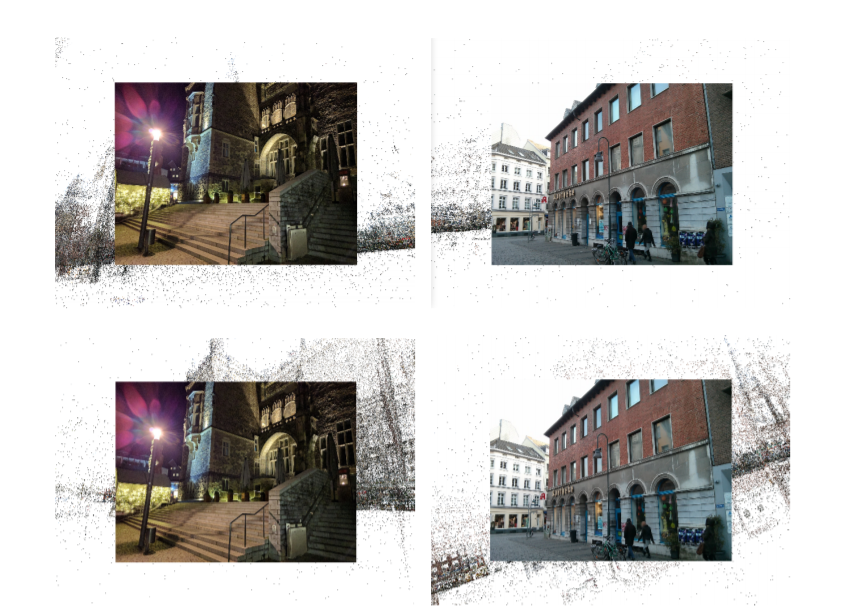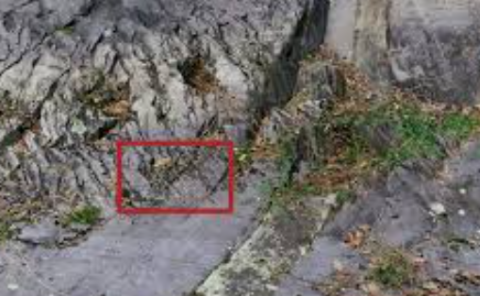Leveraging Local and Global Descriptors in Parallel to Search Correspondences for Visual Localization
PubDate: Sep 2020
Teams: University of Chinese Academy of Sciences;Chinese Academy of Sciences
Writers: Pengju Zhang, Yihong Wu, Bingxi Liu

Abstract
Visual localization to compute 6DoF camera pose from a given image has wide applications such as in robotics, virtual reality, augmented reality, etc. Two kinds of descriptors are important for the visual localization. One is global descriptors that extract the whole feature from each image. The other is local descriptors that extract the local feature from each image patch usually enclosing a key point. More and more methods of the visual localization have two stages: at first to perform image retrieval by global descriptors and then from the retrieval feedback to make 2D-3D point correspondences by local descriptors. The two stages are in serial for most of the methods. This simple combination has not achieved superiority of fusing local and global descriptors. The 3D points obtained from the retrieval feedback are as the nearest neighbor candidates of the 2D image points only by global descriptors. Each of the 2D image points is also called a query local feature when performing the 2D-3D point correspondences. In this paper, we propose a novel parallel search framework, which leverages advantages of both local and global descriptors to get nearest neighbor candidates of a query local feature. Specifically, besides using deep learning based global descriptors, we also utilize local descriptors to construct random tree structures for obtaining nearest neighbor candidates of the query local feature. We propose a new probabilistic model and a new deep learning based local descriptor when constructing the random trees. A weighted Hamming regularization term to keep discriminativeness after binarization is given in the loss function for the proposed local descriptor. The loss function co-trains both real and binary descriptors of which the results are integrated into the random trees.


